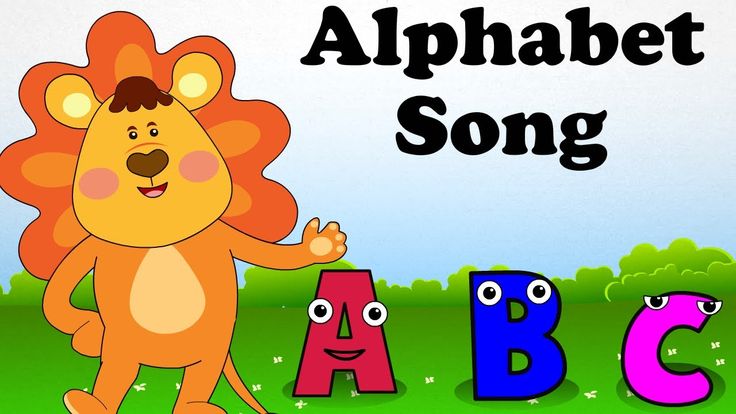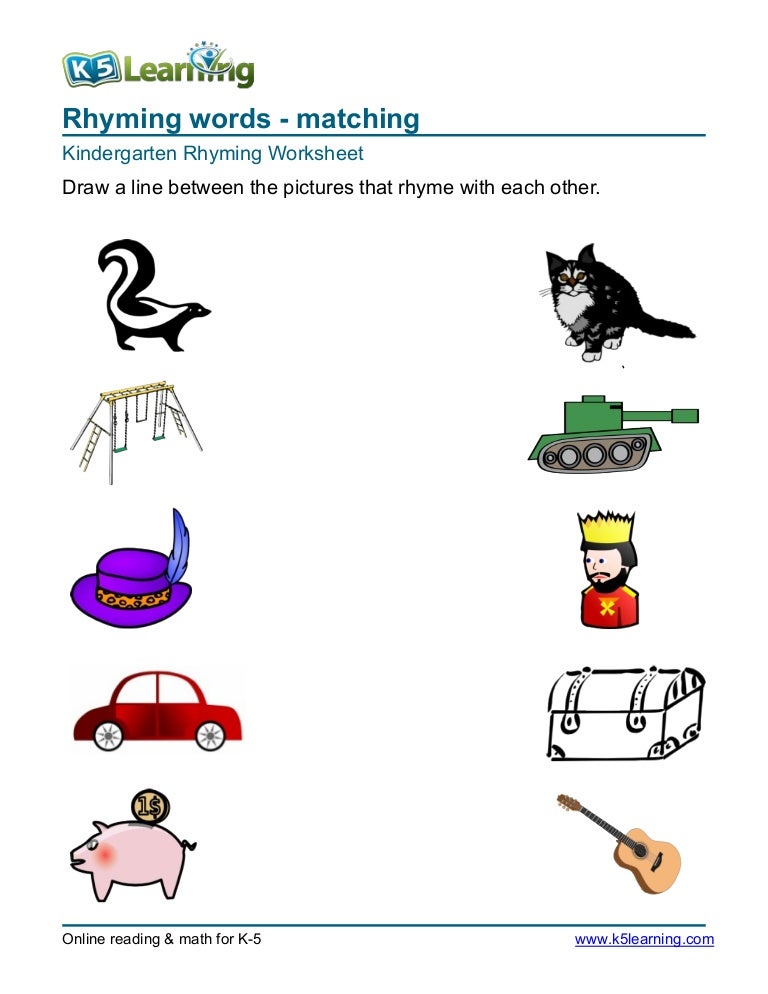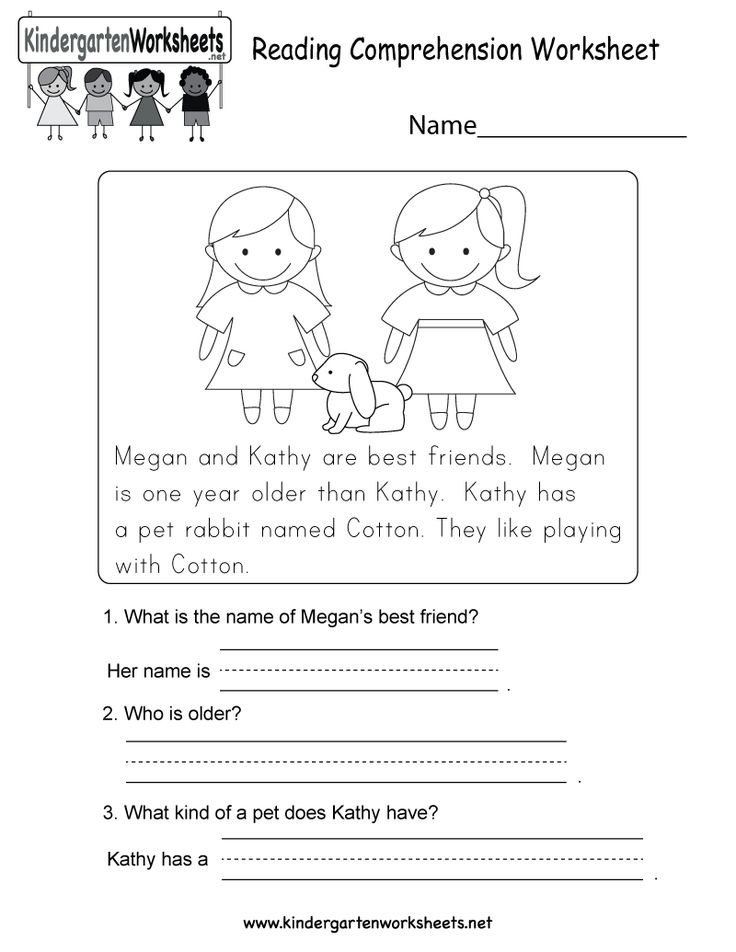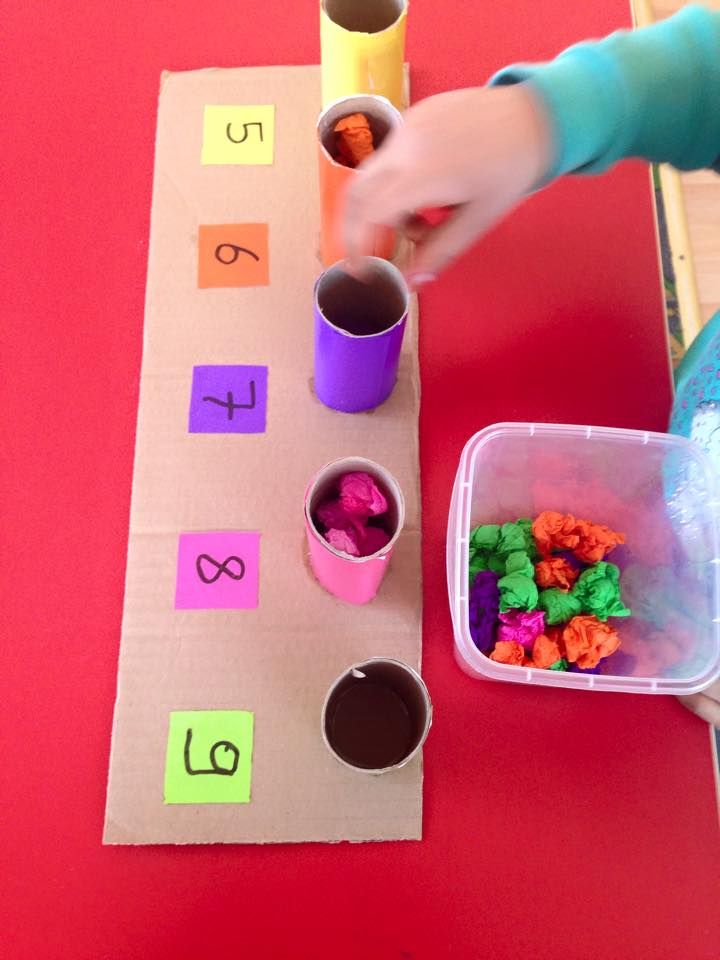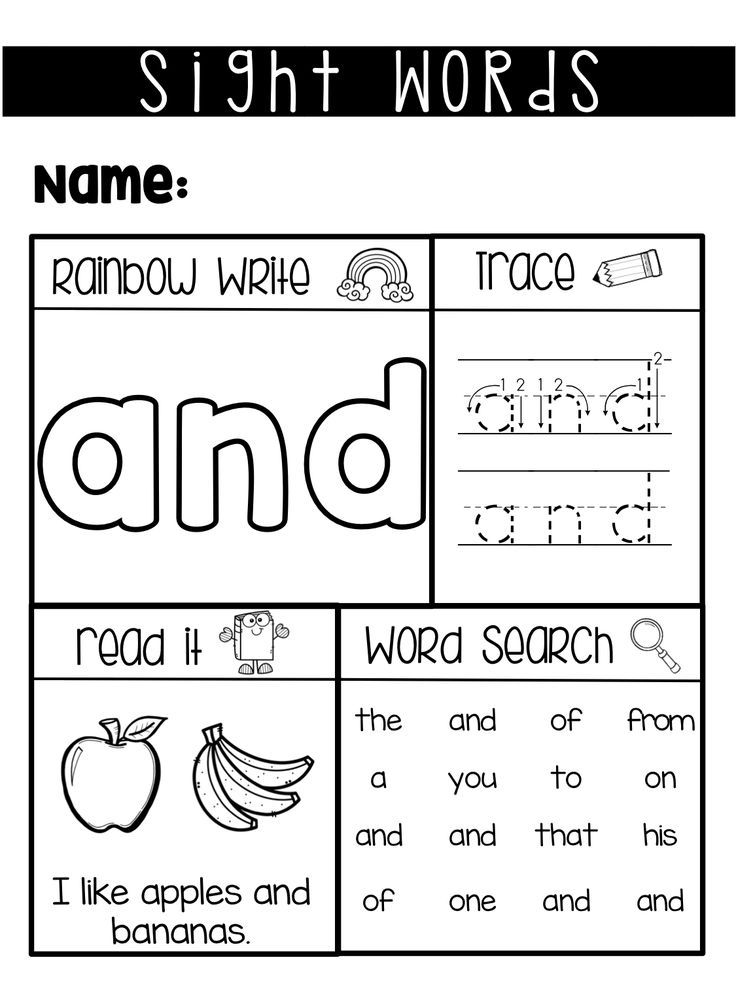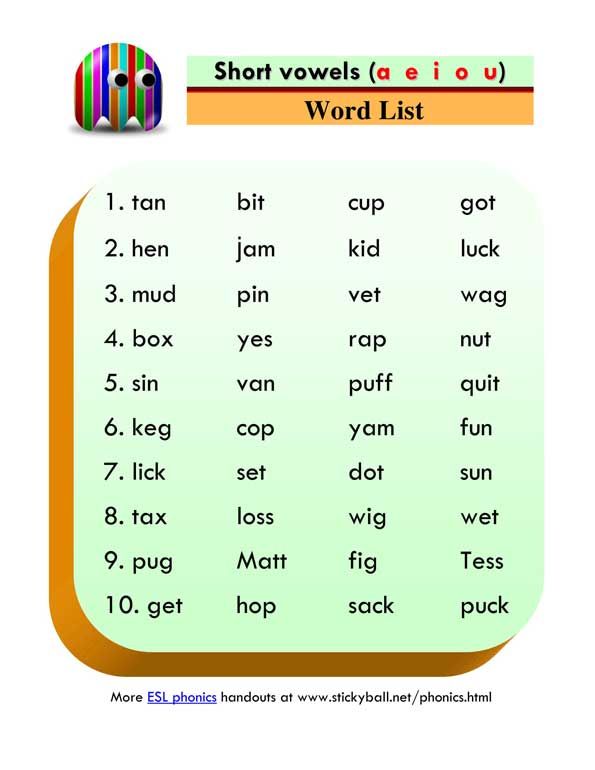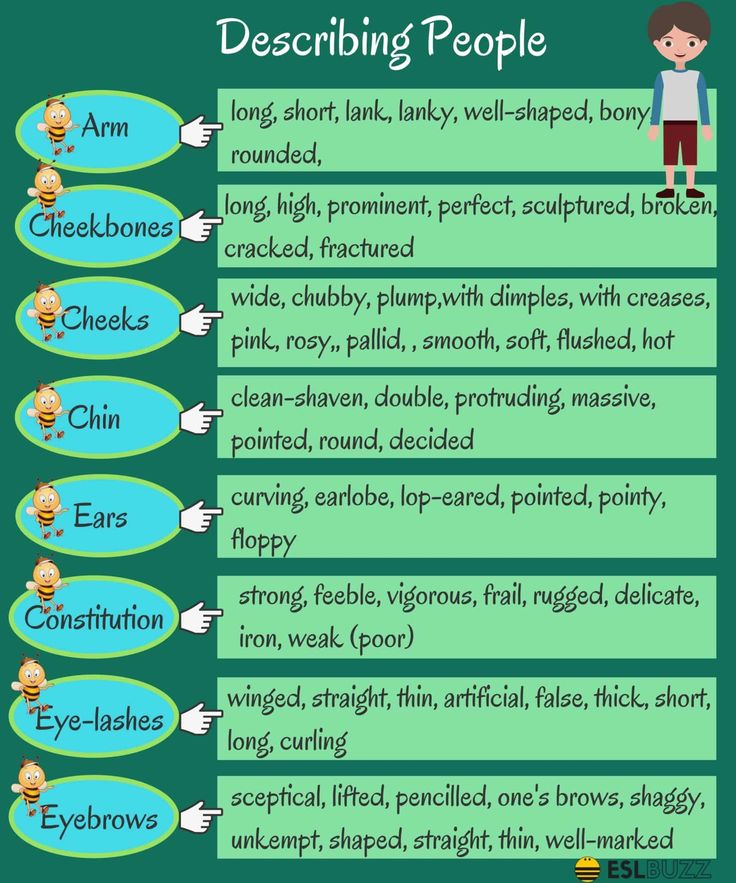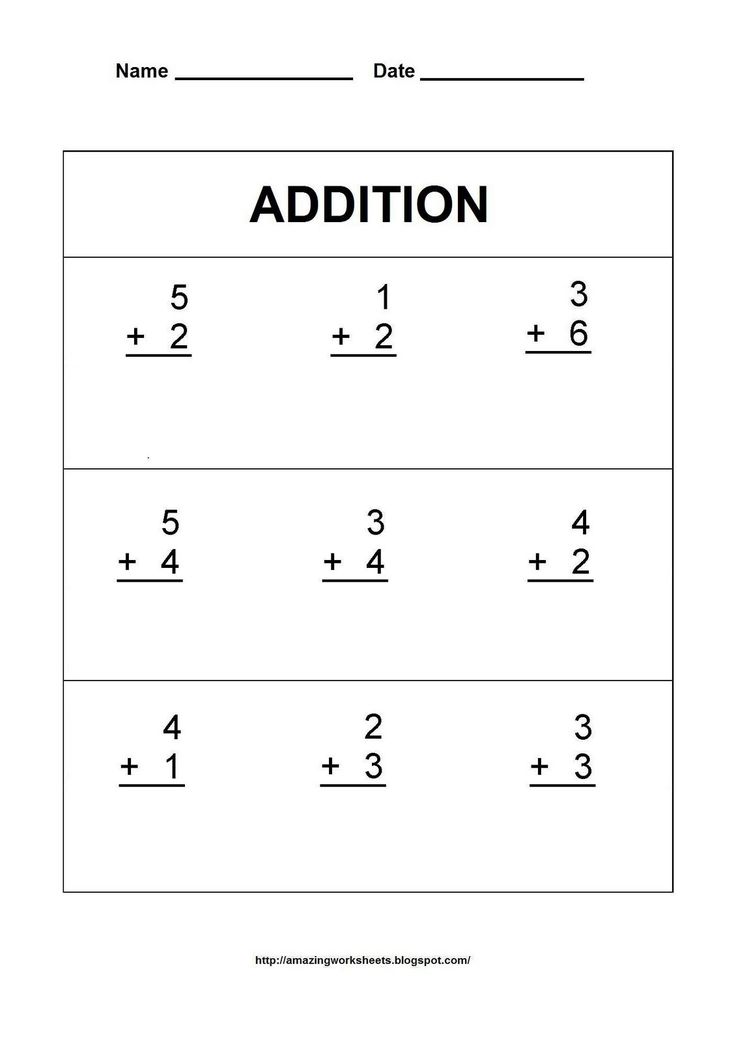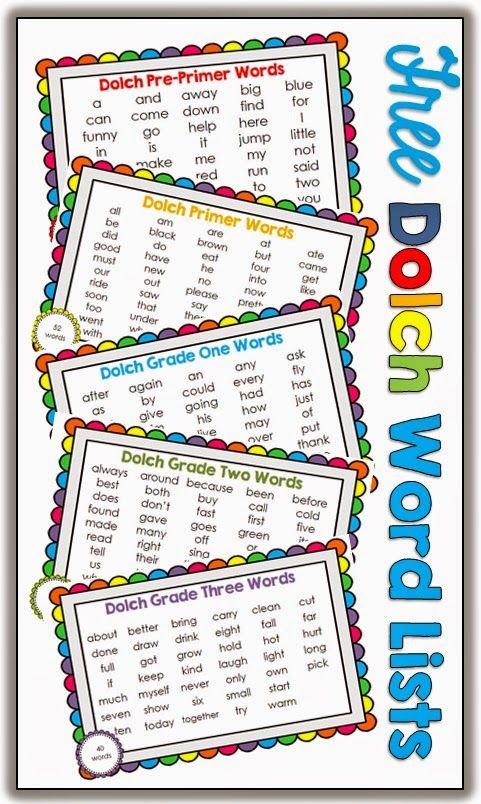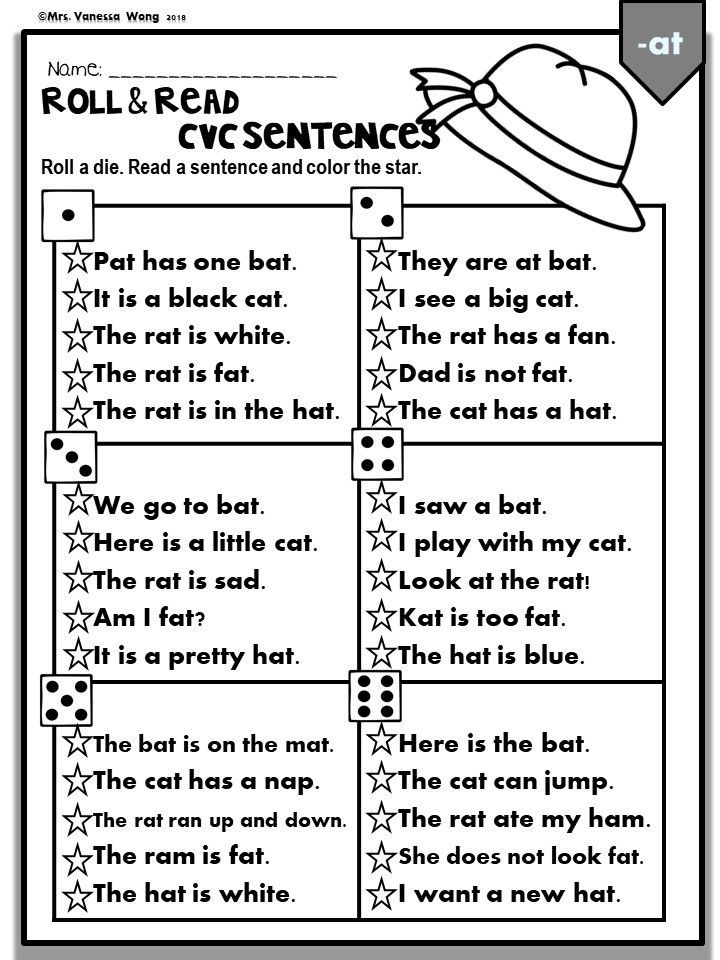When do babies learn colors
When Do Kids Learn Colors?
by Tony
Disclosure: This post may contain affiliate links, meaning I get a commission if you decide to purchase through my links, at no cost to you. As an Amazon Associate, I earn from qualifying purchases. Read the full disclosure here.
Kids Learning ColorsAs a parent, you want to make sure your children stay on track developmentally. It can be easy to worry if you feel your child is behind. One concern many parents have involves learning colors. There can be a lot of misinformation and incorrect expectations when you just want to know, when do kids learn colors? To wade through the confusion, you need to know the timeline of development for learning colors and what activities can help your child advance.
Your child’s ability to see color develops by four months. Since that time, you probably noticed your baby loves bright colors. Attraction to these colors is common for babies and seeing these colors aids in their ability to discern color later in life. The time it takes kids to learn their colors varies just like any other development stage. No child is the same, but kids recognize colors around 18 months. This development continues through age two. By age three, most children should know at least one color. The Centers for Disease Control recommends that children know multiple colors by age four. Some kids may even know more colors than that, but your cue to know if your kid is on track or not is the ability to identify at least one color by age three. At the same time that children are starting to recognize color, they are also beginning to develop the ability to discern between sizes, such as big and small, and shapes.
Issues in Learning ColorsSome parents believe their children know their colors better than kids actually do.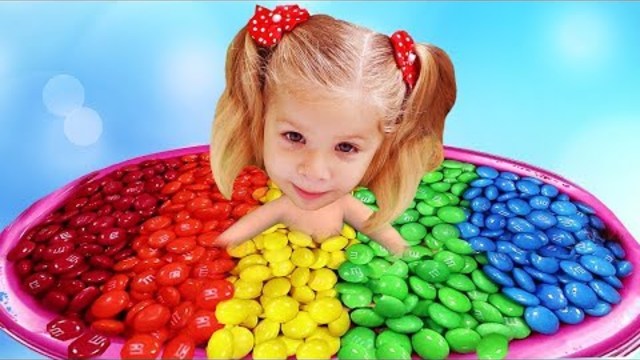 This is because it can be difficult for children to separate color from its object. If you use the same objects to teach and describe colors over and over again, your child likely associates the color name with the object. They do not understand the difference between the color and the noun of association. For instance, when you call an object a red ball, your child understands the entire name of the ball as red ball instead of separating the color name from the object name. Developing the ability to discern color from the object takes time. Many parents use shapes and colors together to teach their children about both. This is a great idea, but your child likely does not distinguish the green from the triangle. The color concept becomes too abstract for them to comprehend.
This is because it can be difficult for children to separate color from its object. If you use the same objects to teach and describe colors over and over again, your child likely associates the color name with the object. They do not understand the difference between the color and the noun of association. For instance, when you call an object a red ball, your child understands the entire name of the ball as red ball instead of separating the color name from the object name. Developing the ability to discern color from the object takes time. Many parents use shapes and colors together to teach their children about both. This is a great idea, but your child likely does not distinguish the green from the triangle. The color concept becomes too abstract for them to comprehend.
Another problem parents face is when kids know color words without being able to properly match those words to color. Keeping in mind that kids develop at different rates, many children develop linguistic abilities before they internalize color.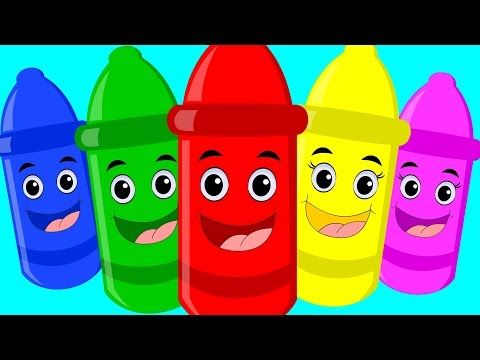 Do not worry if your toddler knows and speaks color words but does not accurately identify those colors with an object. If your kid calls her red fire engine yellow, it is normal. Consider it a good sign that your child knows those color words already. Your job is to help your child properly associate language with a color.
Do not worry if your toddler knows and speaks color words but does not accurately identify those colors with an object. If your kid calls her red fire engine yellow, it is normal. Consider it a good sign that your child knows those color words already. Your job is to help your child properly associate language with a color.
Some disorders can contribute to slower development in learning colors. Children with an autism spectrum disorder might have problems in communicating that they know a particular color. Instead of knowing color words and not being able to give that color substantive meaning, a child on the spectrum can cognitively understand and identify colors but be unable to express the name of the color verbally. If your child has attention deficit disorder, it might be difficult to get them to pay attention when teaching colors. This can also lead to delays. For children with either of these challenges, try to avoid distractions and keep anxiety levels low when playing games or doing activities to help your kids learn their colors.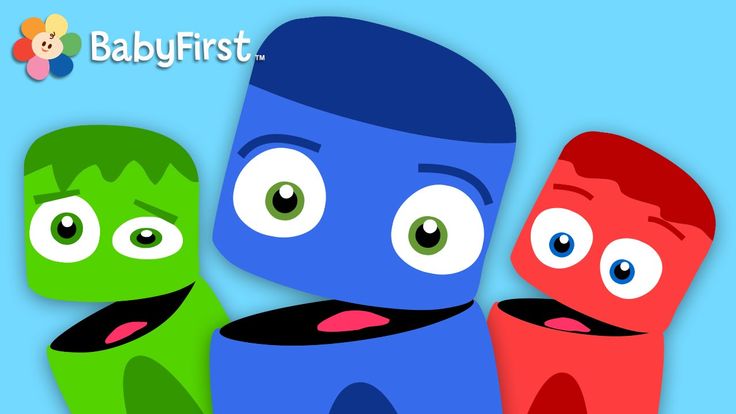
Colorblindness can also limit a child’s ability to learn colors correctly. Colorblind kids have problems distinguishing between particular colors. The specific problem colors can vary from person to person. The extent to which colorblindness affects someone can also differ substantially. The problem amplifies when multiple colors are on top of one another, such as a red bow on a green shirt. If you have concerns, it is best to see a doctor.
Different Aspects of Learning ColorsTo understand how to teach colors to toddlers, it is important to keep in mind the different facets of color learning. When your kids learn their colors, it is more than memorization. They show the ability to identify, match, and name different colors. When you say a color out loud, your child should be able to choose the corresponding color. Your kid should also be able to see two objects of the same color and be able to put them together. Finally, your child should learn the correct name for each color. You might find that your child excels at some but not all aspects of color interpretation. That is okay, and development occurs in time. Your child has an easier time learning primary colors before venturing into different gradients of color. Start small when you teach your children about color and build on their knowledge over time.
You might find that your child excels at some but not all aspects of color interpretation. That is okay, and development occurs in time. Your child has an easier time learning primary colors before venturing into different gradients of color. Start small when you teach your children about color and build on their knowledge over time.
If you are wondering how to teach colors to toddlers, a simple way to improve your kids’ abilities to understand colors is to interactively immerse them into it. Paint with your children. Start with bright colors like yellow or red, as young children naturally like those pigments. You can focus on one color a week to make it easier. As your child develops, add in more colors. Buy glitter glue, stamps, or craft items of the corresponding color that you can add into the mix. As your toddlers grow, you can talk about how the colors mix and form new colors.
Sale
Skoolzy Rainbow Counting Bears with Matching Sorting Cups, Bear Counters and Dice Math Toddler Games 71pc Set - Bonus Scoop Tongs, Storage Bags
- PRESCHOOL LEARNING TOYS with BEAR DICE: Children will find MANY WAYS TO PLAY. The counting BEARS with CUPS & bear DICE make for fun toddler games. As occupational therapy toys for toddlers, preschool and k-3 boy or girl; these occupational therapy gifts will the improve hand-eye coordination and fine motor skills development of your 3, 4, 5 or 6 year old preschoolers to learn to add, count, sort, match & stack
- TODDLER EDUCATIONAL TOYS: Great STEM educational math manipulatives for preschoolers and christmas present that includes rainbow color sorting & counting activities designed to MOTIVATE AND STIMULATE YOUR CHILD'S MIND. The bear counters are also great as sensory autism toys or math Montessori toys for toddlers.
 The toddler toys work as baby learning toys for 3 year old boys and girls to make fun toddler activities. They are useful for preschool learning toys for 4, 5 or 6 year olds.
The toddler toys work as baby learning toys for 3 year old boys and girls to make fun toddler activities. They are useful for preschool learning toys for 4, 5 or 6 year olds.
Last update on 2022-10-10 / Affiliate links / Images from Amazon Product Advertising API
Make learning colors into a game with color sorting, such as Skoolzy Rainbow Counting Bears. It comes with red, yellow, blue, green, orange, and purple bears, along with coordinating cups. Kids can simply have fun putting the bears into the right cups and using the scoop to get the bears back out. You can also have your kid role the large dice to see which color bears to sort. Teaching your kids to sort is also an important development marker at age two. Let your kids come up with their own rules to the game as well. This game aids your child’s development by reinforcing the difference between an object and a color by giving them various objects of the same color.
3. Get Your Kids Active to Learn ColorsWhen you need a game that reinforces color learning that you can play indoors or outdoors, try something physical. Fill a bucket with colorful objects. Choose individual items that have a consistent color throughout to avoid confusing your kids. Try colorful hairbrushes or small stuffed animals that are all one color. Call out a specific color. Have your kids pull a corresponding item out of the bucket and run to you with it. You can make it more adaptable to the outdoors by using different color water balloons. Then have them run and throw it. Your kids will want to get the right colors to keep playing the game.
Fill a bucket with colorful objects. Choose individual items that have a consistent color throughout to avoid confusing your kids. Try colorful hairbrushes or small stuffed animals that are all one color. Call out a specific color. Have your kids pull a corresponding item out of the bucket and run to you with it. You can make it more adaptable to the outdoors by using different color water balloons. Then have them run and throw it. Your kids will want to get the right colors to keep playing the game.
Sale
Kidzlane Color Matching Egg Set - Toddler Toys - Educational Color & Number Recognition Skills Learning Toy…
- TERRIFIC TODDLER LEARNING TOY 🎨: 12 charming eggs in a carton will help preschoolers learn to count, sort, and match! Each plastic egg contains a different color and number, with corresponding pegs and holes.

- GAIN BASIC LIFE SKILLS 🎨: Start building smart minds with the right educational toys! These bright, interactive eggs will improve hand dexterity, color recognition, and fine motor skills while engaging little minds.
Last update on 2022-10-10 / Affiliate links / Images from Amazon Product Advertising API
Matching colors together can help reinforce the concepts of internalizing color learning. Kidzland’s Color Matching Egg Setlets kids crack open an egg to see different colors. To put the eggs back together, kids have to choose the same color of eggs. As your kid grows, this can be useful for pretend cooking and learning to count as well.
5. Try Flash Cards to Learn NamesAlong with other activities that help children learn matching and identification, flashcards can help with naming. A stack of cards with an object of a certain color and a written name reinforces the color words, especially as your child learns the alphabet and starts putting words together.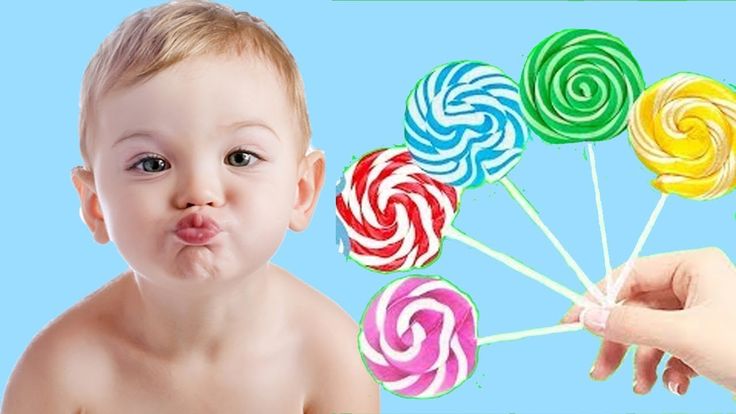 When you go through the flashcards with your child, sound out and point to the words as well. Although you can use flashcards with any toddler, this is a great way to teach older toddlers about colors.
When you go through the flashcards with your child, sound out and point to the words as well. Although you can use flashcards with any toddler, this is a great way to teach older toddlers about colors.
Your toddler learns colors over a substantial period of time. The rate of learning is different for individual kids. Use the guidelines of knowing at least one color by age three and several by age four as a quick rubric for your child’s development. There are lots of fun ways you can engage with your child to teach colors as well as technology like learning tablets. Try these methods to spur your children’s color learning and development.
When Do Toddlers Learn Colors? Experts Say There's Not A Hard Rule
Life
Shutterstock
by Cat Bowen
Children are constantly awash in a world of brightly colored toys and clothing designed to pique their visual interest from their infancy through childhood.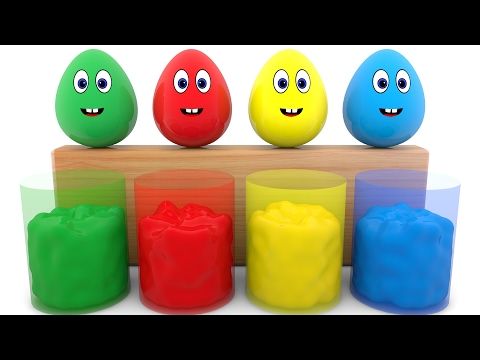 Learning to differentiate between these shades is a huge developmental milestone, but when do toddlers learn colors? It feels essential that they recognize their bright red overalls as bright red, or that marker they've been sleeping with for three weeks as the perfect shade of yellow, right?
Learning to differentiate between these shades is a huge developmental milestone, but when do toddlers learn colors? It feels essential that they recognize their bright red overalls as bright red, or that marker they've been sleeping with for three weeks as the perfect shade of yellow, right?
Like almost all of the major developmental milestones, it will happen in its own time, but there is a range that is considered average. Board-certified developmental and behavioral pediatrician Dr. Eboni Hollier from Houston, Texas tells Romper, "Around 18 months of age, many toddlers begin to recognize colors." That's not to say that they're suddenly going to be strolling through Target with you, demanding that you buy them the turquoise socks instead of the green ones (that comes later). Hollier says, "It is typically a bit later that toddlers are able to name colors. Most children can name at least one color by the age of 3 years."
Even between my own children, there was a pretty vast difference between when they each learned their colors.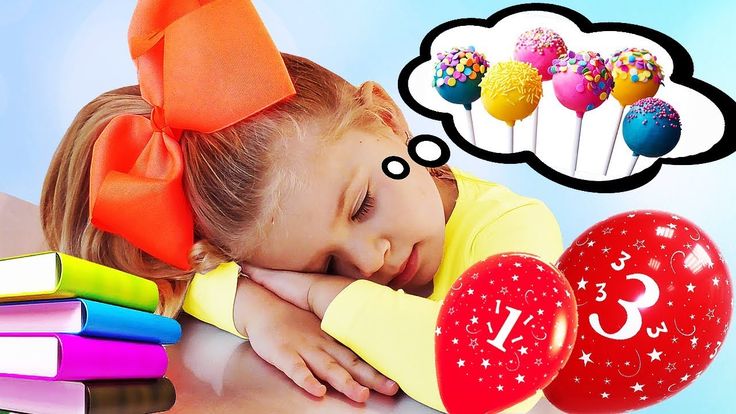 My son was able to group and name colors from the moment he developed the language to do so. Meanwhile, my daughter took her time, and instead of naming colors would group them together. Even at a very early age, she had a hierarchy of colors that she liked. (Turquoise and purple: yay. Green and orange: get thee away.) She was almost 3 before she found the words for them.
My son was able to group and name colors from the moment he developed the language to do so. Meanwhile, my daughter took her time, and instead of naming colors would group them together. Even at a very early age, she had a hierarchy of colors that she liked. (Turquoise and purple: yay. Green and orange: get thee away.) She was almost 3 before she found the words for them.
Since then, my life has been an expensive comedy of errors due to her excessive need for everything to match head-to-foot, but other than that, she had no problems catching up with her brother. Hollier says that's because "the time that many children experience a 'language explosion' is between 18 to 30 months of age," and that it "is a great time to begin teaching many concepts, including colors."
Courtesy Cat BowenMelanie Hartmann, a former Head Start assessment psychologist, agrees with Hollier, telling Romper that most children "begin to name their first colors by 2.5 years of age" during that language explosion. If they learn to differentiate and name colors a little later than that, it doesn't mean that it's time to worry. Researchers wrote in Scientific American that, inevitably, parents want to compare their children to others, and if they notice that their children aren't developing as swiftly as others, they worry that there is something wrong. But it couldn't be further from the truth. While it is the case that if your child is falling outside average parameters there might be cause for concern (such as color blindness or a language delay), most of the time, it's nothing to worry about.
If they learn to differentiate and name colors a little later than that, it doesn't mean that it's time to worry. Researchers wrote in Scientific American that, inevitably, parents want to compare their children to others, and if they notice that their children aren't developing as swiftly as others, they worry that there is something wrong. But it couldn't be further from the truth. While it is the case that if your child is falling outside average parameters there might be cause for concern (such as color blindness or a language delay), most of the time, it's nothing to worry about.
Color identification, according to the article, is a unique monster. Where there are ways to help children speak a little sooner, read a little sooner, learn math a little more quickly, Scientific American wrote that there is no way to move this along. It has to do with the complex system of how children learn words and language, as well as develop the visual acuity required to learn to differentiate between each color. It can be influenced by myriad factors, including languages spoken in the house, and the culture and community in which children are raised.
It can be influenced by myriad factors, including languages spoken in the house, and the culture and community in which children are raised.
The concept is so difficult that it makes sense that children would need time to figure it all out. It is easy to believe that noting and noticing color differences is intuitive and natural, but that's not the case. If you're worried about your child, definitely talk to their pediatrician, but chances are, it's all fine, and you, too, will be figuring out how to special order soccer socks in just the right shade of banana yellow to match their jersey.
Experts:
Dr. Eboni Hollier, Developmental & Behavioral Pediatrician
Melanie Hartmann, former Head Start assessment psychologist
Developing color perception
Reviewer Kovtun Tatiana Anatolievna
6889 views
September 15, 2021
Login or register to save articles and products to your favorites
We are surrounded by an amazing and unique world. Full of colors and all sorts of shades. And so I want to not only teach the child to identify the primary colors, but also show him the beauty of the color palette! Acquaintance with color helps to perceive objects and phenomena of the surrounding world more fully and more subtly, develops observation, thinking, and enriches speech. You can already develop color perception with the smallest peanuts.
Full of colors and all sorts of shades. And so I want to not only teach the child to identify the primary colors, but also show him the beauty of the color palette! Acquaintance with color helps to perceive objects and phenomena of the surrounding world more fully and more subtly, develops observation, thinking, and enriches speech. You can already develop color perception with the smallest peanuts.
How children see color
Traditionally, newborn babies were thought to be color blind. But modern research has shown that babies are able to perceive bright, saturated colors, especially yellow, orange, red, green and turquoise. For the first 1-2 months, babies prefer to look at black and white images. This is due to their greater contrast. Already at 2 months, the child is able to distinguish more delicate colors (blue, purple). Infants' color vision develops very quickly. By 4 months they can distinguish most colors, and by 6 months the ability to distinguish colors in children is almost the same as in adults.
Glenn Doman Method
This is confirmed by the technique of Glenn Doman. He offered to introduce children to colors from infancy, simply showing them cards with one or another color or shade and naming it. Mothers who tried the technique on their children were amazed: five-six-month-old babies could easily choose from a whole bunch exactly the card that they were asked for, whether it was the color of aqua, electric or somon. We are sure that not all adults imagine what these colors look like.
If the Doman method does not seem interesting to you, you can learn colors with the baby during the game.
Color introduction
You need to start with the simplest: introduce the baby to the four colors - red, blue, yellow and green. At the first stage, you simply show the child objects and name the color. Ideally, if you have a whole set of items of the same color. So you can teach your baby the simplest sorting - put all objects that match in color into a cup of the same color.
Invite the child to pick up caps for felt-tip pens or lay out rectangles of colored paper of different colors on the table and ask them to put 3-5 objects of the same color on each sheet.
What else can be sorted?
- Beads
- Buttons
- Colored crayons
Invite your child to play. Prepare four to six small transparent jars of clean water in advance. Drop gouaches of the same color on each cap. Close jars carefully. The kid should shake the jar and the water will turn one color or another. His task is to name this color and show a can of paint of the same shade.
New colors and shades
When the baby gets comfortable with the main colors of the rainbow, as well as with black and white, you can complicate the task. Move on to the study of colors that are not so common in everyday life. Pink, lilac, brown, gray, gold, silver - look at objects around and pictures in books, name the color and shade.
When the child is free to navigate at least 10-12 colors, it's time to go to the hardware store and purchase a palette of shades (such as on the counter where decorative paints are tinted). These simple cards will help your child learn the concepts of "darker" and "lighter". Cut the palette into fragments and fan out with your child. First from dark to light, then vice versa. Gradually, he will begin to capture the slightest color differences.
You can consolidate the result by taking the palette outside and choosing one or another object for each shade.
Every color has its season
Spring and summer are the perfect time to explore all the shades of green, red and purple. Autumn is the time of yellow and orange, and winter is blue, white (yes, there are a lot of shades of white) and black.
Drawing!
And, of course, a great way to develop color perception is drawing. Prepare a large sheet of paper, open 6 jars of gouache with your child, take a brush and start mixing colors. What do you get when you mix red and yellow? What if you add white? And blue for them?
What do you get when you mix red and yellow? What if you add white? And blue for them?
Is it possible to recognize all the colors and learn them by heart? Probably yes, but is it necessary? It is better to teach a child to feel the color and its beauty, look for unusual shades in ordinary things and just enjoy the beauty of the world around us.
Maria Montessori believed that the formation of a sense of color plays a significant role in the psychophysical development of a child, but this development does not occur on its own, special efforts of the teacher are required, and special didactic materials are also needed.
Color books
- Learn colors and numbers. Sunny photobook published by Clever. This is where to start. 10 spreads, 10 colors, colorful illustrations and interesting tasks. The kid will learn colors and numbers.
- Olga Karyakina. “I am learning colors. Cut cards. This is a memory, and a puzzle, and learning to color.
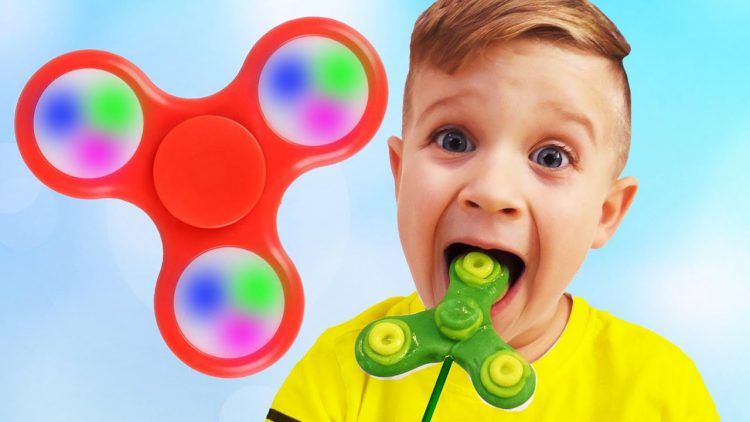 An excellent tool for developing the basics of color perception and expanding the baby's vocabulary.
An excellent tool for developing the basics of color perception and expanding the baby's vocabulary. - Celine Potard. "Big Atlas of Animals". The peculiarity of this atlas is that the animals here appear in an unusual classification - by color! Very bright and original.
- Fanny Marceau. "Colors. Big encyclopedia for the little ones. Colorful illustrations, a scale of shades, a lot of bright illustrations and information about all the colors in the world.
- “Getting ready for school. Learning colors. Clever Publishing. An excellent manual with a lot of creative tasks for children 3-4 years old. Interesting about colors and shades, stickers as a reward and a lot of creative pastime.
Reviewer Kovtun Tatiana Anatolievna
Scientific adviser to PROGRESS JSC, Ph. D.
D.
It is generally accepted that by the age of three a child should learn to distinguish between primary colors. This skill is an important part of sensory development, it gives the child the opportunity to see the world in a new way. Often, if the baby does not know or confuse colors, parents have concerns about the pace of development of the child. Do I need to worry if the study of colors is not easy for a child? How to teach a child to distinguish colors? You will find answers to these questions in our article.
At what age does a child begin to see colors?
Studies have shown that children begin to perceive colors by 2-3 months. The first colors a child sees are yellow, orange, red, green. At this age, babies can already react differently to their toys of different colors (for example, a red rattle can please a child more than a blue one), look at bright pictures with enthusiasm. The baby's world quickly acquires colors, but if we talk about the ability to consciously find an object of the right color, then usually it appears in children at the age of one and a half. It is at this age that it is optimal to start learning colors in a playful way. You can voice the names of flowers to a child for up to a year, this will only benefit him. But do not demand too much from the baby, remember that his brain is actively developing, and as soon as the time comes, you will certainly see the results.
It is at this age that it is optimal to start learning colors in a playful way. You can voice the names of flowers to a child for up to a year, this will only benefit him. But do not demand too much from the baby, remember that his brain is actively developing, and as soon as the time comes, you will certainly see the results.
To see if your child is ready to learn colors by playing with building blocks, ask your child to point to a part that is the same color as yours. If the baby can find objects of the same color, then he is quite ready to memorize the names of colors.
Learning colors in everyday life
Children get most of their knowledge about the world in everyday life: communicating with adults and peers, observing nature, playing. The study of flowers is no exception. Sometimes a child does not need to do special exercises to learn to recognize colors. For this, it is enough that he hears the name of the color and associates it with a specific thing. During daily activities, voice for the child what color the objects are around. Whether you are drawing, playing with blocks, looking at cars in the yard, reading, swimming, eating, dressing - in each of these situations, you can gently teach your child to distinguish colors.
During daily activities, voice for the child what color the objects are around. Whether you are drawing, playing with blocks, looking at cars in the yard, reading, swimming, eating, dressing - in each of these situations, you can gently teach your child to distinguish colors.
It is important that the study of colors does not turn into torture. You should not constantly test the child's knowledge by asking him which color is which. Soon the baby may just start to ignore you. “Let's paint the sun yellow!”, “What a delicious green cucumber!”, “Oh, where did the blue cube go? Here he is!" are examples of how you can gently help your child remember colors.
Games for learning colors and their shades
In order to get your baby interested in learning colors or to reinforce the knowledge they already have, you can invite your child to play special "color" games.
Color sorting
Sorting games are aimed at helping the child learn to sort objects into groups by color. Any materials at hand can be items for sorting: toys, covers, designer parts, cubes, buttons, cereals, pencils, etc. You can organize the game in various ways:
Any materials at hand can be items for sorting: toys, covers, designer parts, cubes, buttons, cereals, pencils, etc. You can organize the game in various ways:
You can come up with as many options for sorting by color, it all depends on your imagination. So that the child does not lose interest in the task, connect the plot of the game with his favorite characters, toys (for example, a cat will eat from a yellow bowl, and a baby elephant from a red one, etc.).
Match a Pair
To help your child learn colors, you can use tasks from the Match a Pair series. Ask your child to find a petal for a bug, a pot for a flower, a roof for a house, etc. You can present the baby with a deliberately wrong option and ask to correct the mistakes.
Pick up a patch
Show the child the picture with the missing details. Ask him to fill in the gaps (this can be done with plasticine, pom-poms, caps, cards, etc.).
Color Lotto
At the age of about one year, children begin to be interested in various lottos. In the color lotto, the task is to collect pictures of the same color on the card.
In the color lotto, the task is to collect pictures of the same color on the card.
Colored Sensory Boxes
Create a sensory box for your baby where everything is the same color. During the game, the child will be able not only to remember the color that he sees, but also to develop fine motor skills, tactile sensitivity, thinking, and imagination.
Color days
This is one of the most interesting and popular ways to teach your child to distinguish colors. Its essence is that during the day (or several days) you draw the child's attention to objects of a certain color. For example, on a yellow day, you can dress in yellow clothes, play with yellow toys, draw a yellow chicken. Surrounded by one color, the baby will easily remember it.
Color cards
You can learn colors with your child using cards. With the help of Doman's "Colors" cards, you can introduce your baby not only to the main colors, but also to different shades.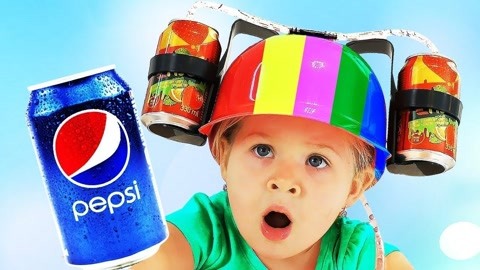 It is important not to overload the child with unnecessary information about the names of 10 shades of green or red. Learn only those shades whose names you can use in the game and life.
It is important not to overload the child with unnecessary information about the names of 10 shades of green or red. Learn only those shades whose names you can use in the game and life.
Board games for learning colors
Board games are a great way to learn about colors and consolidate knowledge about them. Currently, the stores offer a wide range of similar games for every taste and budget. Choose a game that suits your child.
Educational cartoons
There are many educational cartoons on the Internet that will help your child learn colors quickly. Here is one of them:
Educational books
If your little one loves to listen to stories and look at pictures, this is the way for you. We all remember the wonderful story of V.G. Suteev "Rooster and paints", by S.Ya. Marshak has a whole “Colorful book”. You can also find many educational books that will become your faithful assistants.

